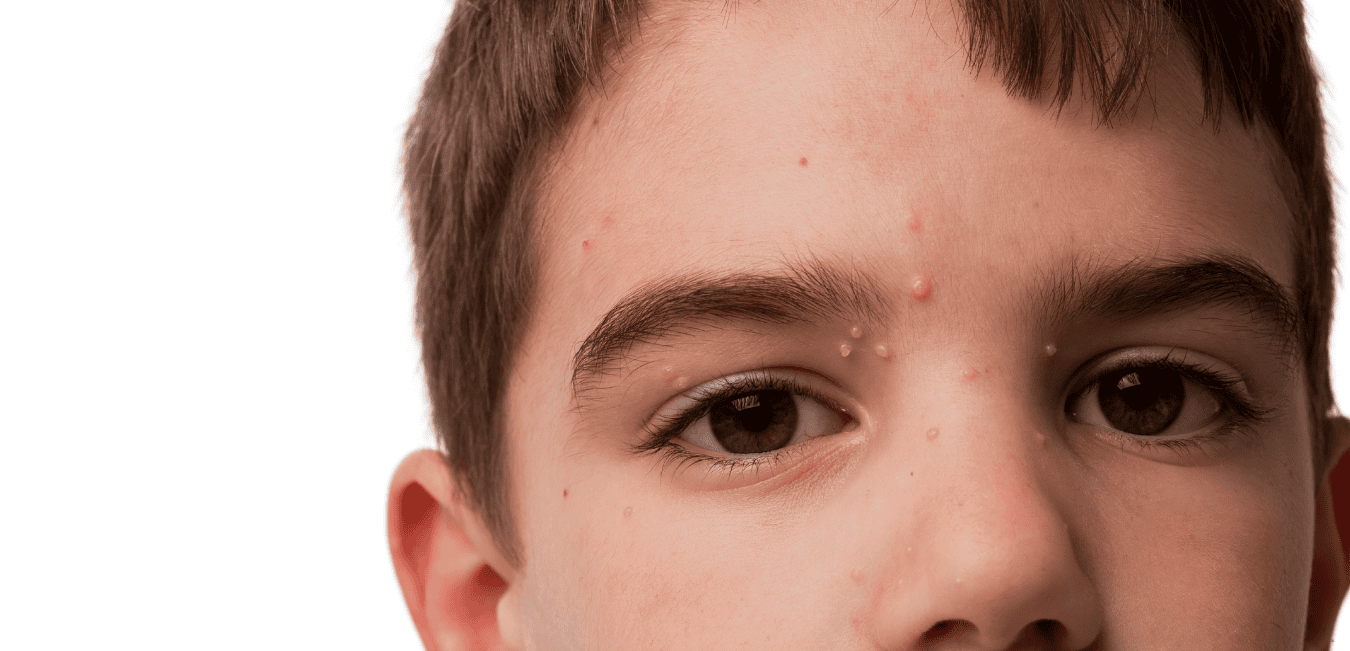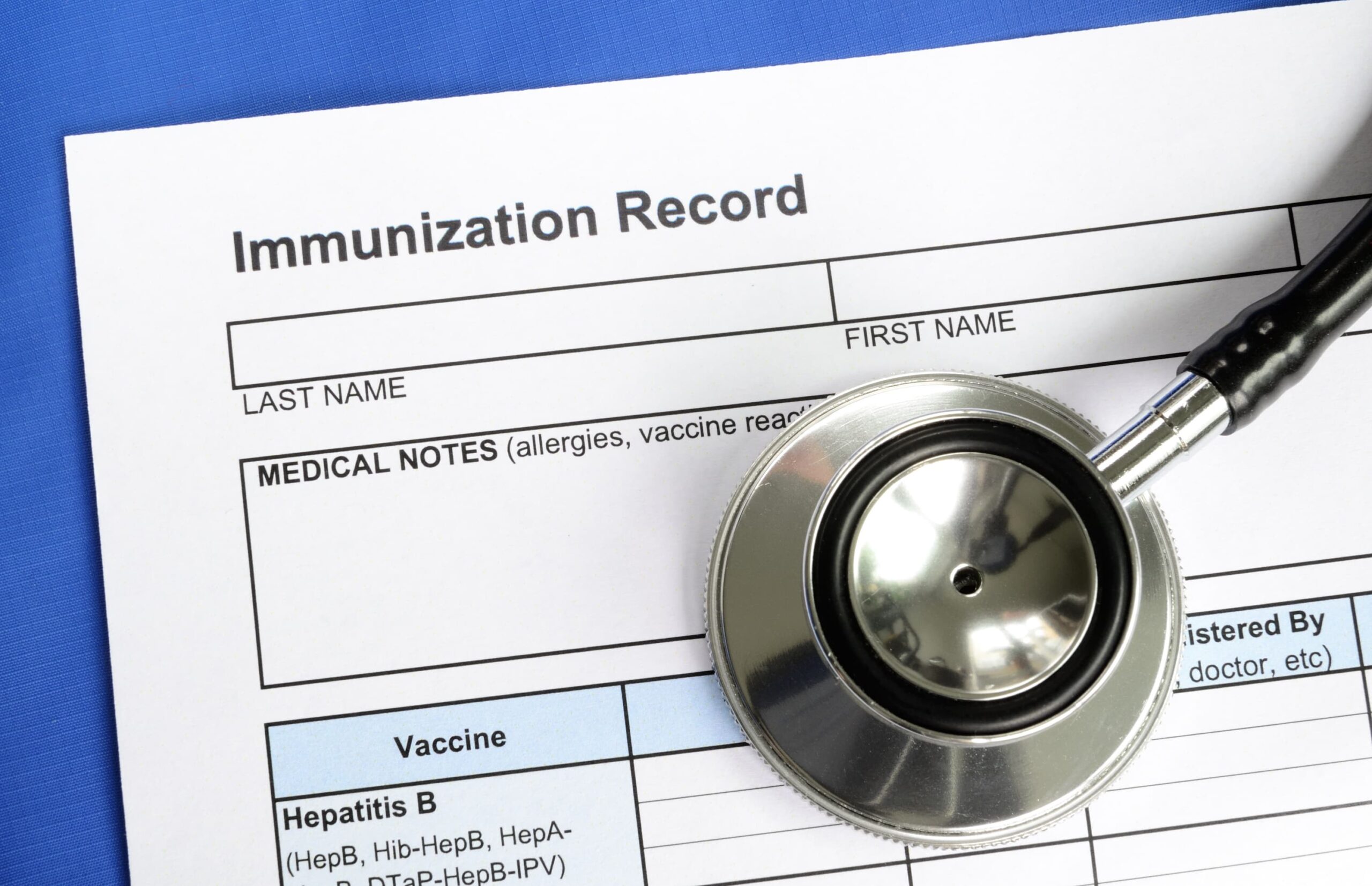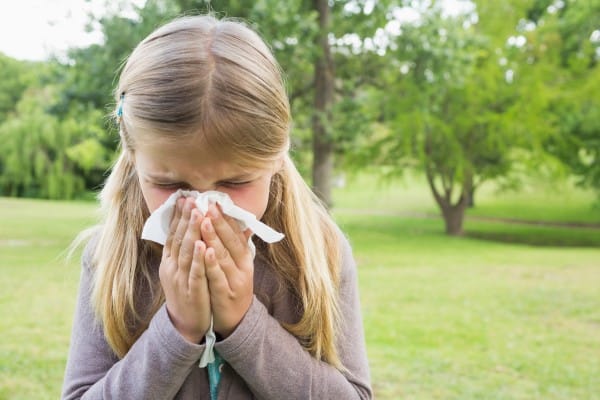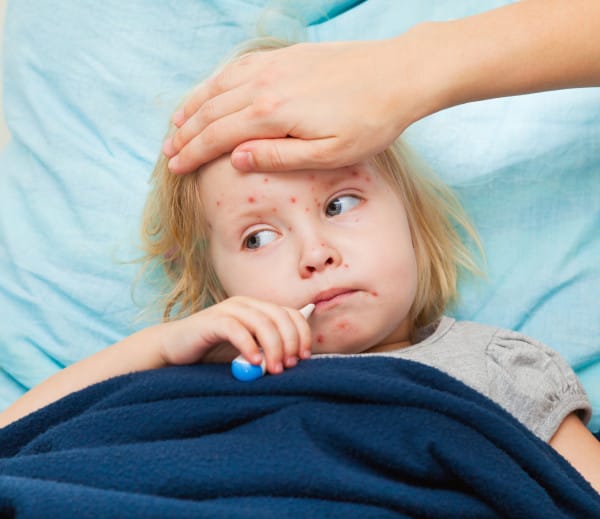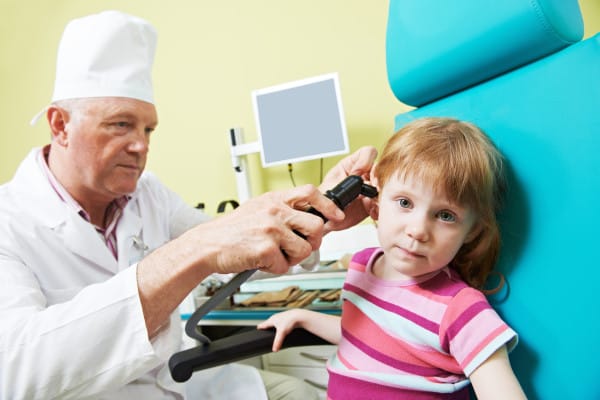What Is Molluscum Contagiosum?
Molluscum contagiosum is a common viral skin condition that results in small, raised, non-itchy, shiny, pearly or flesh-colored bumps, which may or may not be indented in the center. Squeezing the bumps can push out a plug of cheesy material. **I do not recommend squeezing the bumps.**
Molluscum can affect people of all ages but is most common in preschool and elementary school aged children. It is very contagious and is spread by skin-to-skin contact or through surfaces. It is common for children to pick up molluscum at school, daycare, gymnasiums, and pools.
Molluscum is generally considered harmless and will go away on its own after several months, but it can last for a year or longer, especially if there are underlying immune issues. Though molluscum will eventually heal on its own, treatment is often preferred for cosmetic or social reasons and/or to prevent spread or self-reinfection.
Topical Treatments For Molluscum
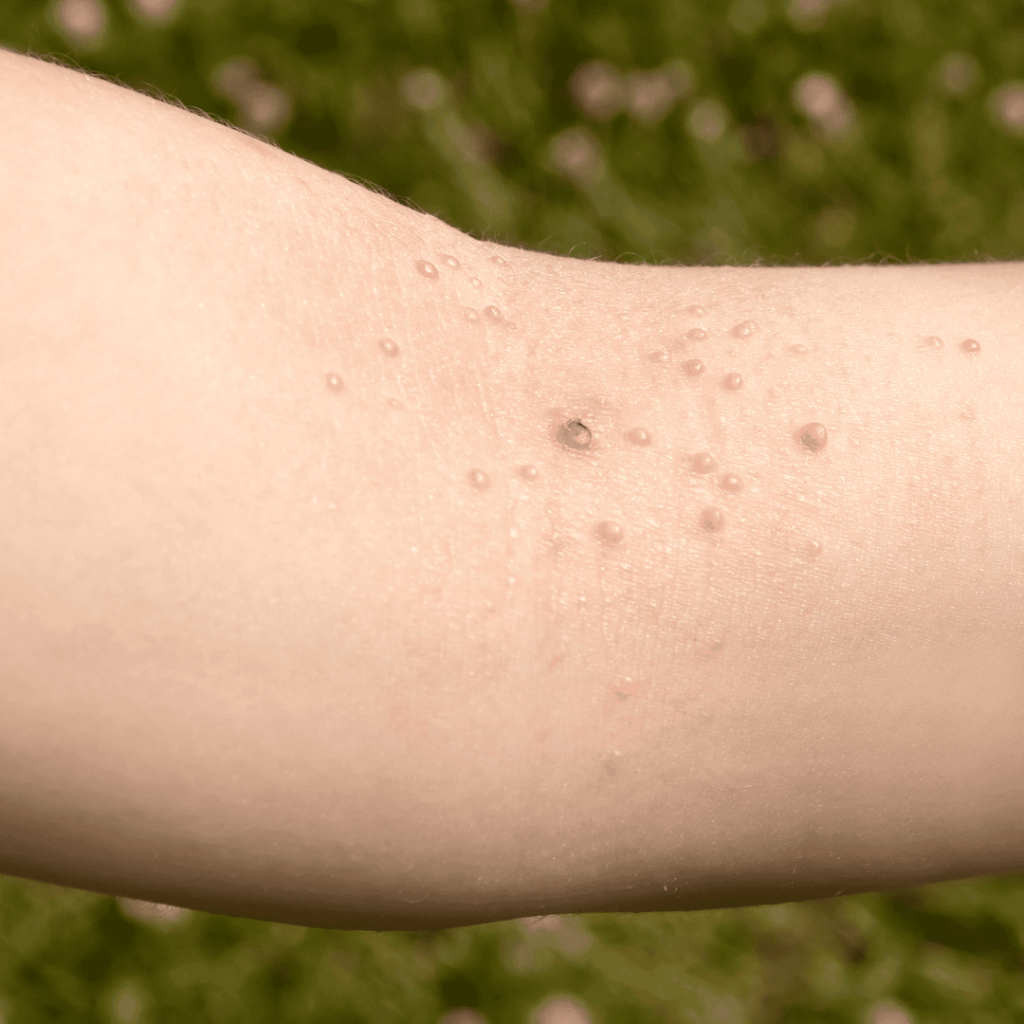 Topical treatments for Molluscum contagiosum are typically chosen for their antiviral properties. In order for topical treatments to work, they need to be applied multiple times per day.
Topical treatments for Molluscum contagiosum are typically chosen for their antiviral properties. In order for topical treatments to work, they need to be applied multiple times per day.
The topical cream that I most often recommend in my practice is cheliderm cream, which contains calendula and thuja botanical extracts. This cream is marketed as an anti-wart cream, but it also works well for other viral skin conditions. Note: It can be tricky to source cheliderm cream because it is a professional brand, but other creams with the same ingredients should work just as well.
Tea tree oil, sandalwood, and lemon myrtle oil have all been investigated as possible treatments for Molluscum. I haven’t used them in practice, but the research is promising. If you choose to use these essential oils, be sure that they are safely diluted.
Internal Treatments For Molluscum
Antiviral & immune boosting herbs are used internally to help combat the virus from the inside out. I recommend elderberry and echinacea. Early research shows that zinc supplementation may be effective at treating molluscum.
Vitamin A is important for protection against viral conditions and for good skin health. Vitamin C and Vitamin D are also supportive vitamins.
Homeopathy can be helpful in treating Molluscum. Calcarea carbonica homeopathic remedy is the most commonly used remedy. It is easy to find in most natural health food stores and comes in different potencies. The 30C potency is given three times per day. Alternatively the 200C potency can be given twice per day. Or the 1M potency can be given once per day. Results should be apparent within two weeks.
In addition, a healthy lifestyle that supports optimal immune function is recommended. This means great sleep, playtime outside, optimal hydration, and healthy meals. Sometimes this needs to include addressing stress and gut health if these are underlying issues.
Preventing The Spread Of Molluscum
Molluscum is easily spread from one person to another, especially within the same household. In order to minimize spread, make sure that toys, sheets, bedding, and towels are frequently washed and that clothing isn’t shared. Frequent hand-washing at school and daycare is important as is showering after being in public pools and gyms. When in public places, bumps should be covered by long sleeves and pants or bandages to prevent passing to other people.
Conventional Options For Molluscum Treatment
Many doctors will recommend watchful waiting for Molluscum contagiosum, especially if it isn’t bothering the child. Other options include mechanical treatments (eg. freezing or surgically removing the bumps), chemical treatments (eg. various acids, cantharidin, or medications like tretinoin), immune-modulating (eg. imiquimod or interferon-alpha), or antiviral (eg. cidofovir).
Summary
Molluscum contagiosum is an extremely contagious viral skin condition that commonly affects young children. Though it is contagious, it is generally considered harmless and in most cases will go away on its own after a period of several months to a year. Treatment is often desired for social or emotional reasons or to prevent further spread. Natural treatment typically involves topical antiviral herbal preparations alongside internal treatments that boost the immune system.
References:
Gaurav, V., & Grover, C. (2021). “Molluscum” Conditions in Dermatology. Indian dermatology online journal, 12(6), 962–965. https://doi.org/10.4103/idoj.IDOJ_928_20
Leung, A., Barankin, B., & Hon, K. (2017). Molluscum Contagiosum: An Update. Recent patents on inflammation & allergy drug discovery, 11(1), 22–31. https://doi.org/10.2174/1872213X11666170518114456
Sitarek, P., Merecz-Sadowska, A., Kowalczyk, T., Wieczfinska, J., Zajdel, R., & Śliwiński, T. (2020). Potential Synergistic Action of Bioactive Compounds from Plant Extracts against Skin Infecting Microorganisms. International journal of molecular sciences, 21(14), 5105. https://doi.org/10.3390/ijms21145105
van der Wouden, J. C., van der Sande, R., Kruithof, E. J., Sollie, A., van Suijlekom-Smit, L. W., & Koning, S. (2017). Interventions for cutaneous molluscum contagiosum. The Cochrane database of systematic reviews, 5(5), CD004767. https://doi.org/10.1002/14651858.CD004767.pub4
Manchanda, R. K., Mehan, N., Bahl, R., & Atey, R. (1997). Double blind placebo controlled clinical trials of homoeopathic medicines in warts and molluscum contagiosum.
Markum, E., & Baillie, J. (2012). Combination of essential oil of Melaleuca alternifolia and iodine in the treatment of molluscum contagiosum in children. Journal of drugs in dermatology : JDD, 11(3), 349–354.
Burke, B. E., Baillie, J. E., & Olson, R. D. (2004). Essential oil of Australian lemon myrtle (Backhousia citriodora) in the treatment of molluscum contagiosum in children. Biomedicine & pharmacotherapy = Biomedecine & pharmacotherapie, 58(4), 245–247. https://doi.org/10.1016/j.biopha.2003.11.006
Moy, R. L., & Levenson, C. (2017). Sandalwood Album Oil as a Botanical Therapeutic in Dermatology. The Journal of clinical and aesthetic dermatology, 10(10), 34–39.
Vehapoglu A. (2021). Is molluscum contagiosum related to zinc deficiency in children? Effectiveness of oral zinc sulfate therapy in lesion regression. Nutrition (Burbank, Los Angeles County, Calif.), 91-92, 111418. https://doi.org/10.1016/j.nut.2021.111418
